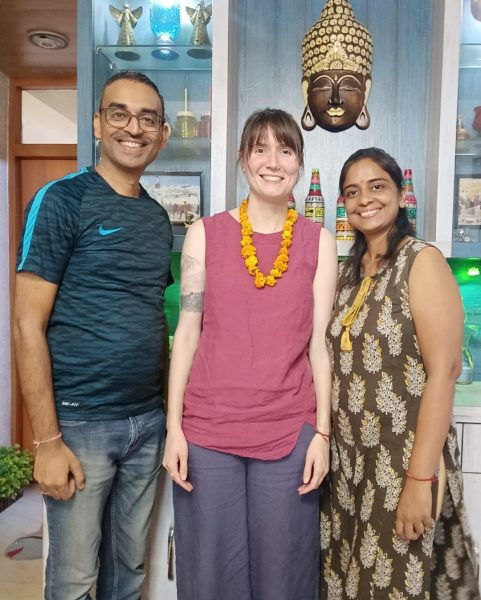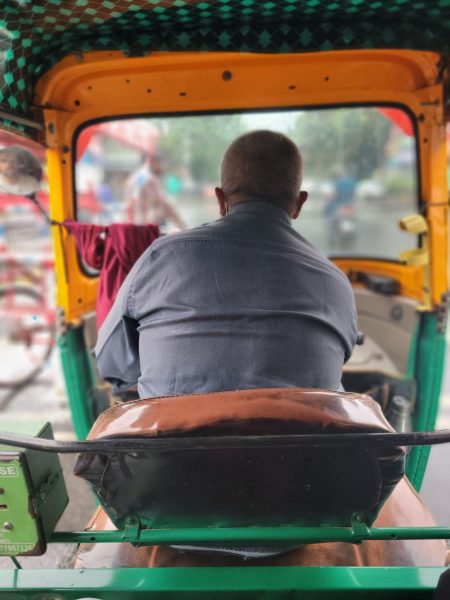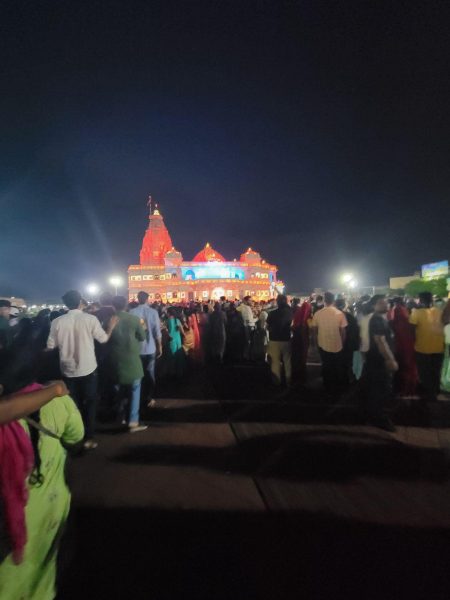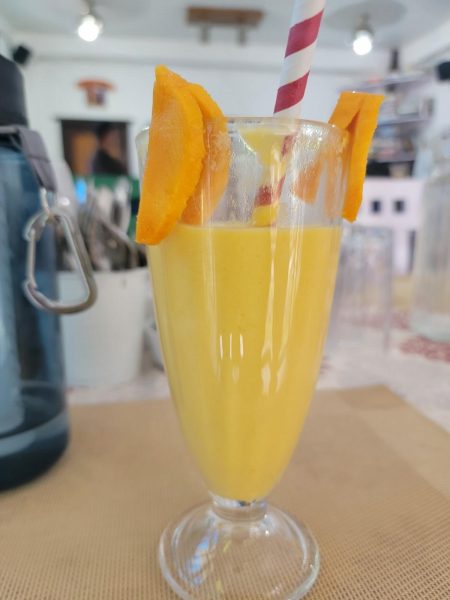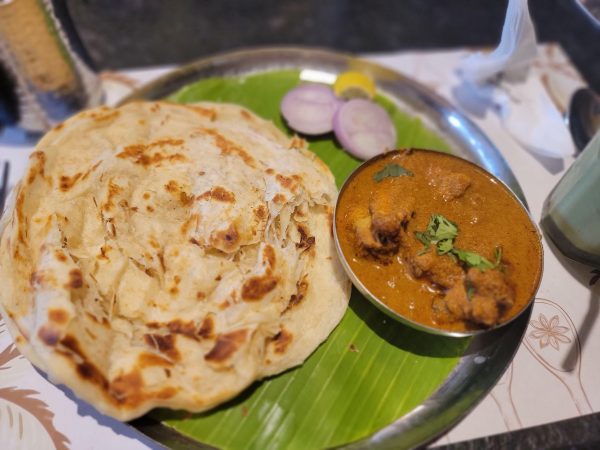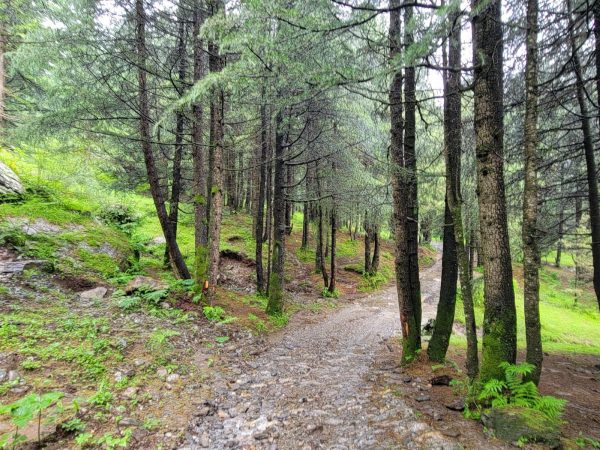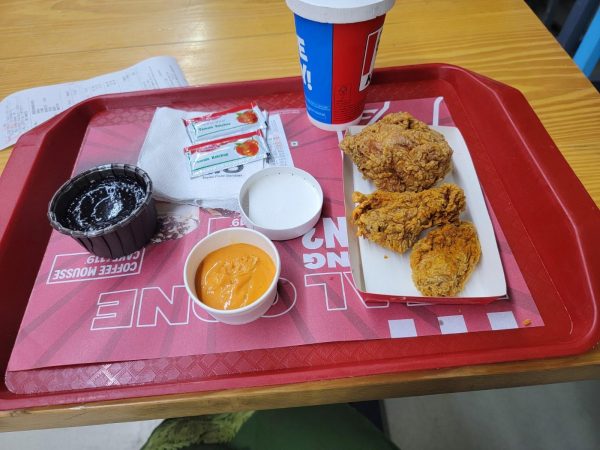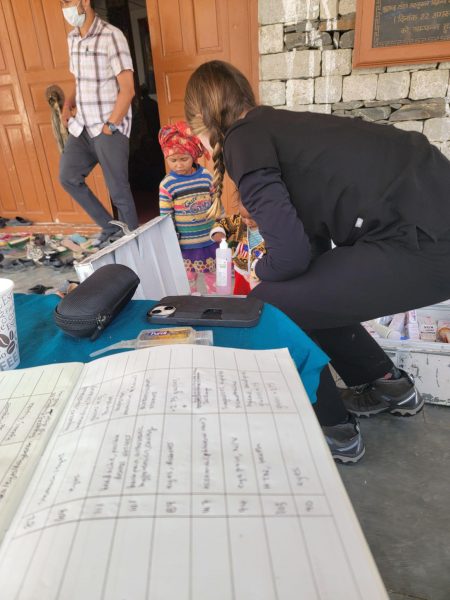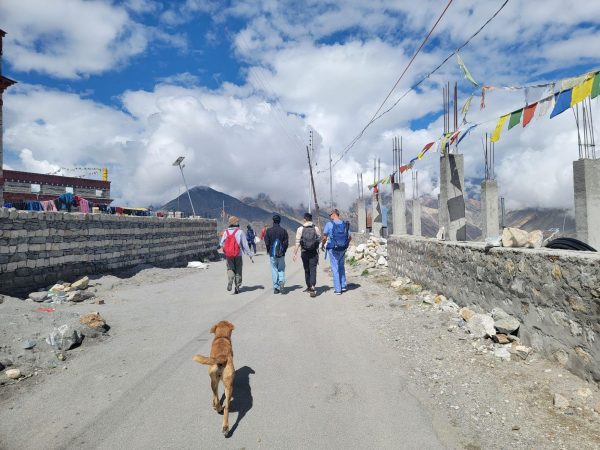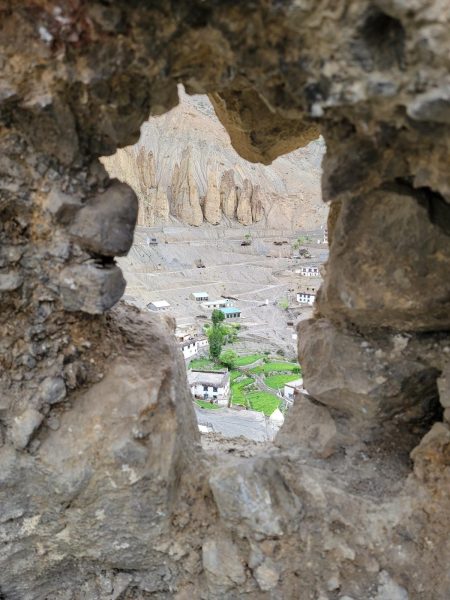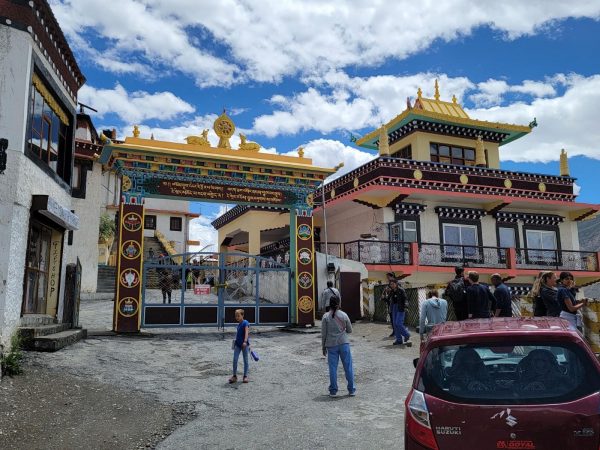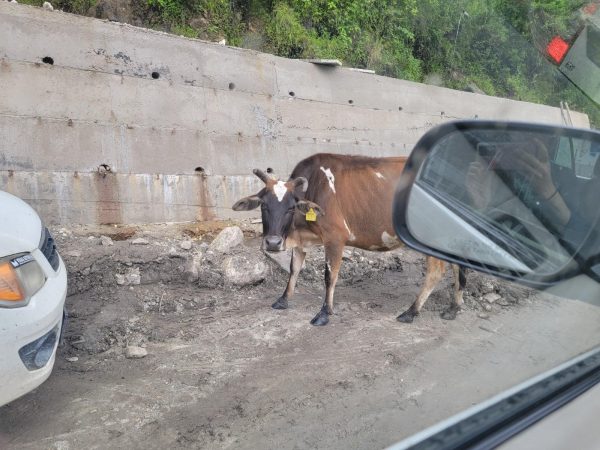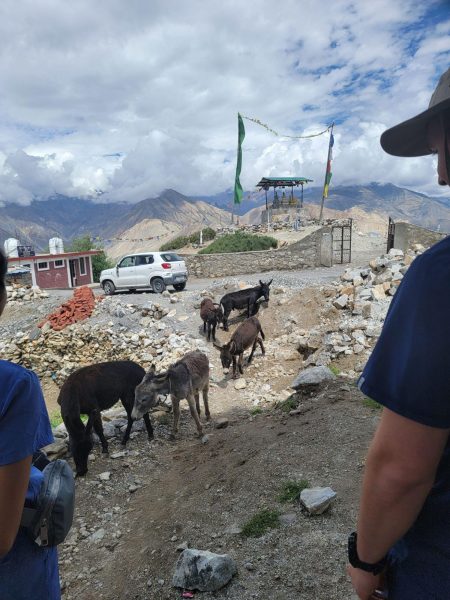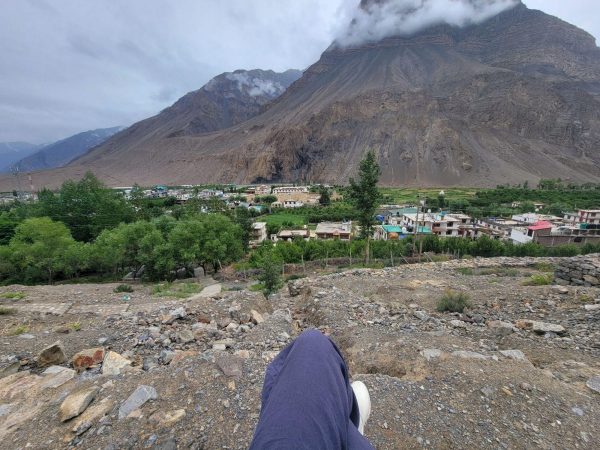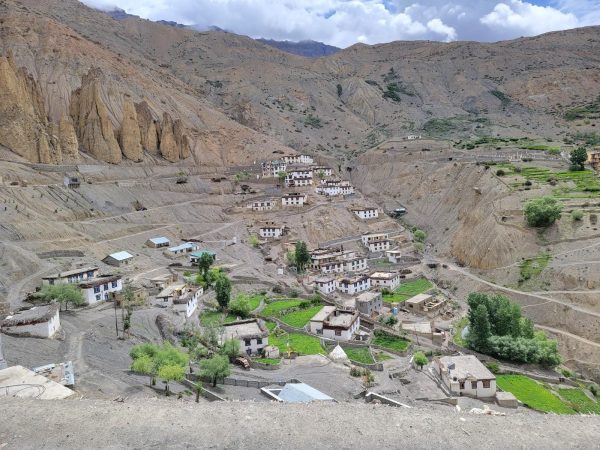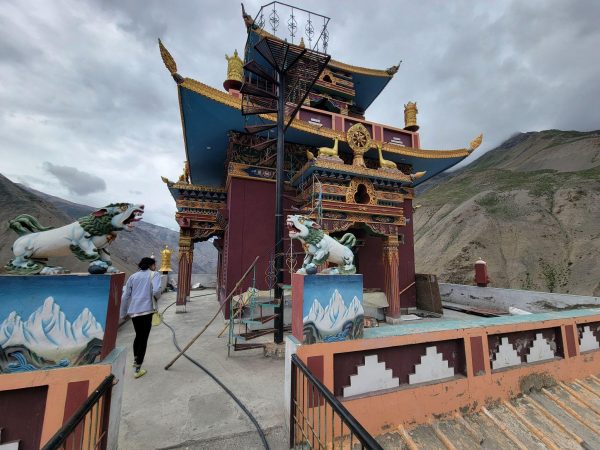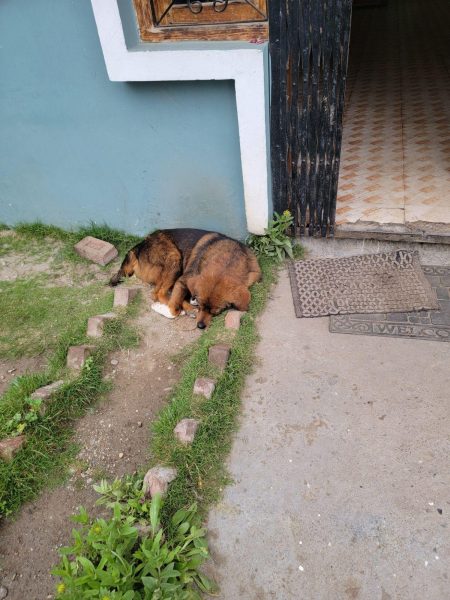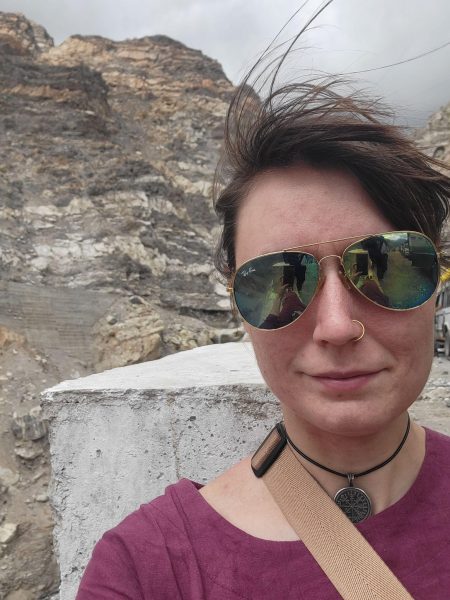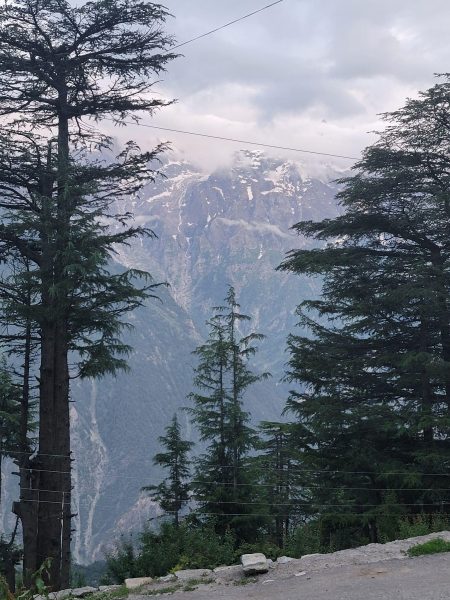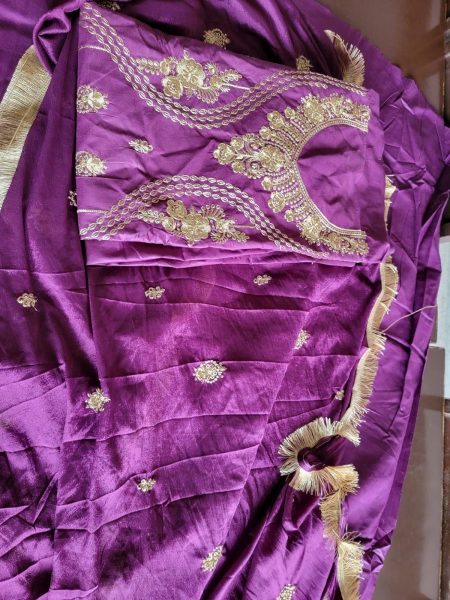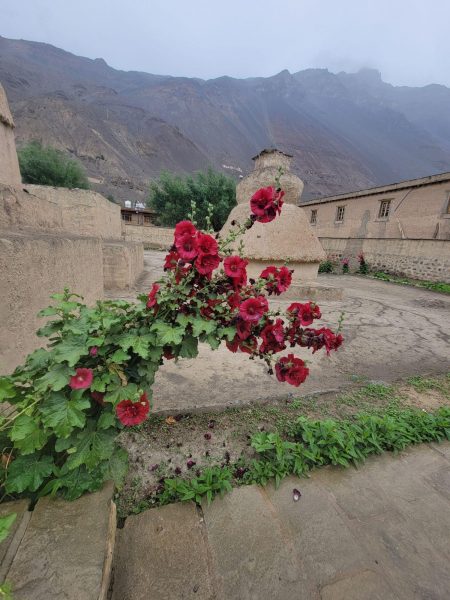Exploring healthcare in northern India
Kaitlyn Coons, CSU Anthropology major and winner of the 2023 Amanda Jones Field Study Award, shares her summer abroad learning experience
February 9, 2024
By Kaitlyn Coons
During Summer 2023, Anthropology undergraduate Kaitlyn Coons traveled to northern India to study with the Himalayan Health Exchange program to learn about and take part in healthcare services for people in the state of Himachal Pradesh in northwestern India. Coons, an Anthropology major who plans to graduate in 2024, won the department’s Amanda Jones Field Study Award, which helped enable her travel and educational experience. The award supports Anthropology and Geography students seeking funding to participate in international research or courses. Coons won a Fall 2023 Capstone Award in Cultural Anthropology based on her research from the program.
Coons shared her experiences and travels abroad via the CSU Anthropology and Geography Instagram in October 2023, which we present here as a photojournal.
Namaste to Himachal Pradesh!
Hello my name is Kaitlyn! I am a Senior this year, graduating in Anthropology. I am from Kentucky and I have lived in Colorado for about four years. I went to India this summer with the Himalayan Health Exchange program, which provides medical care to people in Spiti in Himachal Pradesh, India. Getting access to biomedical healthcare can be difficult in this region because the mountain roads are a little rough and often closed due to roadblocks and landslides in the summer and large amounts of snow in the winter.
I learned a couple of words in Hindi on my trip. Chalo means “let’s go!” Namaste means “hello” or “goodbye” but also has a deeper meaning that was explained to me by a couple in Delhi. It is your higher self acknowledging another person’s higher self. Achha means “okay” or “good,” but the meaning can change depending on the person’s tone and the context.
During the two-week program, I was able to conduct interviews with women about their access to reproductive health in Spiti, and I am looking at these interviews for my Capstone project and examining how government policy is helping women in the area but also how this policy could be improved.
Eating and camping in India
The food in India was delicious, but a little different than Americanized versions of meals we know. We ate a lot of vegetables, rice, and lentils.
My favorite dinner was when we were camping. I loved the tandoori chicken and naan in the oven. It had the perfect amount of spice and grill flavor from the oven. I now love masala chai, after three tea breaks every day that served as our community bonding and mindfulness time. I enjoy my masala chai now with fond memories. You can make some at home by grinding up some cinnamon, clove, cardamom, and peppercorn. After combining water, tea, and fresh ginger with the ground spice mixture, boil. Then add sugar and then milk, boiling again for a few minutes until the milk absorbs the flavor.
I really loved the fried potato cakes, Aloo Tikki, with cilantro chutney that they had in the morning. It is common for restaurants and hotels to have corn flakes available for breakfast (something that I was used to). One of my favorite snacks was pakora, fried cauliflower. They serve it with ketchup. I was also a huge fan of all the mangos and mango juice that they have all over the place in India! Lassi and Indian KFC are also fabulous!
My favorite part of the camping experience was brushing my teeth in the stream and putting some cold, fresh water on my face in the morning. The clear water rushed over the beautiful, sparkly river stones. A cow watched over us from across the field in the trees. I loved all the ferns and when we hiked further up the mountain, the forest was covered in a dense fog. It reminded all of us of the Twilight movies or a scene from a scary movie. It was pretty cool.
At the end of the camping trip, one cow got a little curious and starting checking out our tents. We went on a hike that was supposed to be short, and it was a little too much for me, but I ended up getting back to camp safely and I slept very well that night. On the way back from our hike, we ran into a group of dozens of monkeys. It was really cool, but I had learned earlier on to be cautious of them and keep my food away so that they wouldn’t get aggressive. It was so cool to see all of the babies with the group. They were very cute and very loud!
Inside the health clinics
Visiting the clinics in Spiti was a wonderful experience. We saw a huge range of ages, and many of the patients we saw were very grateful for the care we provided. We saw patients for a number of conditions: infections, shingles, stomach conditions, joint and back problems and eye problems were the most common. One man was so grateful for our help that he went and got a Buddhist blessing for the doctors. The whole experience but especially the clinics and conducting my interviews changed my perspective. This trip showed me that I want to continue in medical anthropology and pursue a Master's in Public Health.
Of course, it is hard to operate a medical clinic in remote areas such as Spiti. It is hard to provide care in a short amount of time and these sorts of clinics have major limitations. One of the main issues that I ran into was the sensitive nature of my interview questions and a lack of female translators. I had to keep the identity of the women that I talked to private, so I did not keep any names, but I talked to some wonderful women during my time in Spiti, and I found myself wanting to stay in cities for longer to form relationships with the people I talked to.
Getting around India
Sitting in a cab in 5 p.m. traffic in Delhi was an experience! The mountain roads were very bumpy, and I had motion sickness for the first time in my life. Many of these roads were one way and when a large truck came in the other direction, vehicles either had to find a way to squeeze through or someone had to back up. Our group was having fun with the Border Roads Organization, also known as BRO. Some of the signs were pure genius such as, “BRO: Your curves are beautiful, but mine are risky, slow down.”
Some highlights I saw from the car window on my three-week trip through Delhi and Himachal Pradesh were hogs fighting over a puddle, a bunch of cows, including some sitting on the median on the highway, water buffalos, a street fight, dogs, cats, and monkeys. I also saw a landslide in person, and watched as people jumped and climbed across, holding my breath that they wouldn’t fall off into the canyon below. I also got to participate in “the great Indian pastime” – watching road work!
There were so many sounds even from the car, lots of conversations, non-stop honking, and music coming from a lot of the shops. Driving down streets I could smell spices and food frying. The smaller towns in Spiti were not as loud and hectic as some of the other cities, and people were very friendly. At no point in India was I bored, I can tell you that much! It was hard adjusting back to my life in the U.S. It felt a little dull in comparison. A baby cow kept crashing our privacy tent at one of the clinics – she wanted to be part of the party.
Exploring cities and sites
The children in Spiti were adorable and wanted to help us hand out medicine. We also go to see part of their school’s morning routine, which included their version of the National Anthem, recitations, and news. It was really special to be able to interact with the culture in this way.
We also got to visit the highest post office in the world! It was located in Hikkim at 14,567 feet above sea level. It was pretty awesome seeing the woman at the post office use glue to hold a stamp on and stamp it down onto a postcard. It reached my family in Florida about a month later.
We also went to the temple in Gue and saw the mummy there. [The mummy is a Tibetan monk, about 500 years old, and believed to be the only example in India of natural mummifaction.] The temple was beautiful but under some construction. There was a large Chorten – Tibetan Buddhist shrine – out front.
We had mixed experiences with the dogs in Spiti – they were nicer in some towns than others – but I found a really sweet dog in Tabo and befriended her. Of all of the cities that we visited, Tabo was probably my favorite. I loved the corner grocery and the people in Tabo. I liked walking up to the caves and going on walks around the town.
In India, most places will accept bargaining. Unfortunately, I never got good at that, but I loved walking around the shops and the markets.
Growth through Study Abroad
I am so grateful for receiving the Amanda Jones Scholarship because this trip really helped me figure out what I want to do for my career. It was such a wonderful, challenging experience. I feel like it helped me grow on a personal and academic level. My dream is to now get a Master's in Public Health with a concentration in Global Health and possibly a joint Master's in Anthropology with a focus in on Medical Anthropology. I don't feel like I would have been able to make this choice without this amazing opportunity.
What I can say after this trip is that there are so many wonderful things to see out there in the world! Global travel and research are wonderful if you are willing to accept the challenges and take the uncomfortable and wonderful experiences together in stride! It was so interesting to me as someone in Anthropology to see how different the culture in India was compared to what I am used to. What I saw of India was vibrant and colorful, and I hope to be able to go back someday. Maybe it will be later in my career with a health program I can help create!
All images courtesy of Kaitlyn Coons.

